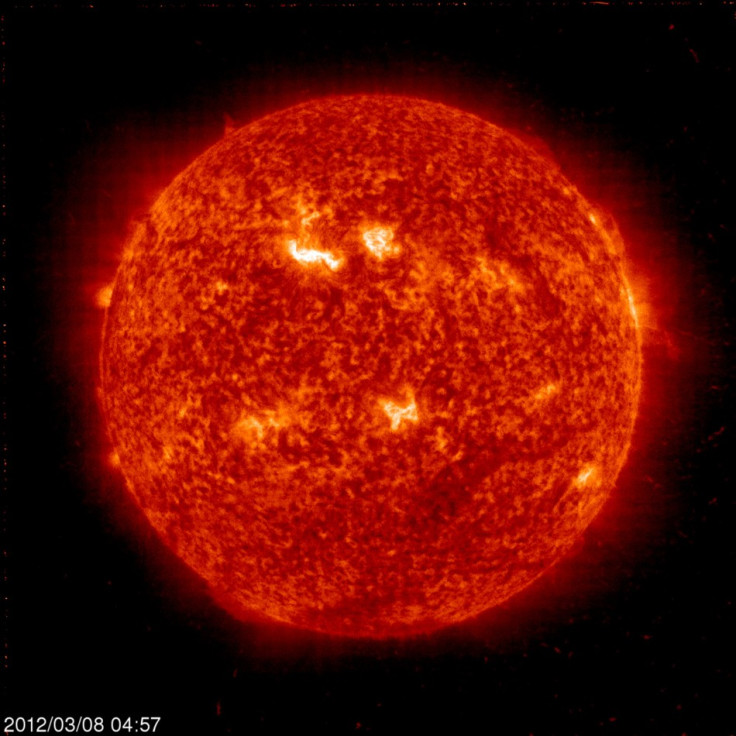Eruptions of Magnetic Field Cause Sunquakes: Experts [VIDEO]

Scientists have discovered that sunquakes are caused by huge eruptions of magnetic field and charged particles in the solar system.
A study led by UCL's Mullard Space Science Laboratory has shown for the first time that sunquakes, which are powerful earthquakes caused on the sun's atmosphere can be produced during eruptions of magnetic field and charged particles, as the immense magnetic structure blasts off into the solar system.
According to royal astronomical society, the first observation of a sunquake was reported in the late 1990s. Researchers then believed that solar flares alone caused sunquakes. But now the new study has shown that eruptions of charged particles known as coronal mass ejections are also able to produce sunquakes.
The authors studied an eruption that took place on 15 February 2011 and found that sunquakes that were triggered by magnetic field were 1,000 times more powerful than the Great East Japan Earthquake that struck in March 2011.
It was found that the sunquakes were triggered at the two ends of the erupting rope of magnetic field. When the eruption of charged particles occurs the magnetic field expands which also likely plays an important role in generating the quakes.
The eruption raced through the solar system with an average speed of 600 km/s and was earth directed, driving a geomagnetic storm and a beautiful display of the aurora when it reached us, it was said in the release.
"Sunquakes were first predicted in 1972 by Wolff and are seen at the sun's surface as circular ripples emanating outward, looking much like those produced as a stone is dropped into to a pond," said Zharkov, a space scientist at the University College London.
"They are actually caused by sudden a release of energy below the solar surface that produces sound waves which bend and travel up to the surface of the Sun, lifting it and producing the ripples," he added.
Another theory for the formation of sunquakes is that piled-up magnetic field lines might send acoustic waves rippling through the sun's atmosphere. When these waves impact the solar surface and subsurface, the thinking goes, the reverberations could trigger sunquakes, reported National Geographic.
With solar activity reaching its peak in 2013, more sunquakes will be observed helping unravel the mechanisms that cause them.
The new findings about sunquakes were presented at the 2012 National Astronomy Meeting in Manchester, UK.
© Copyright IBTimes 2025. All rights reserved.





















